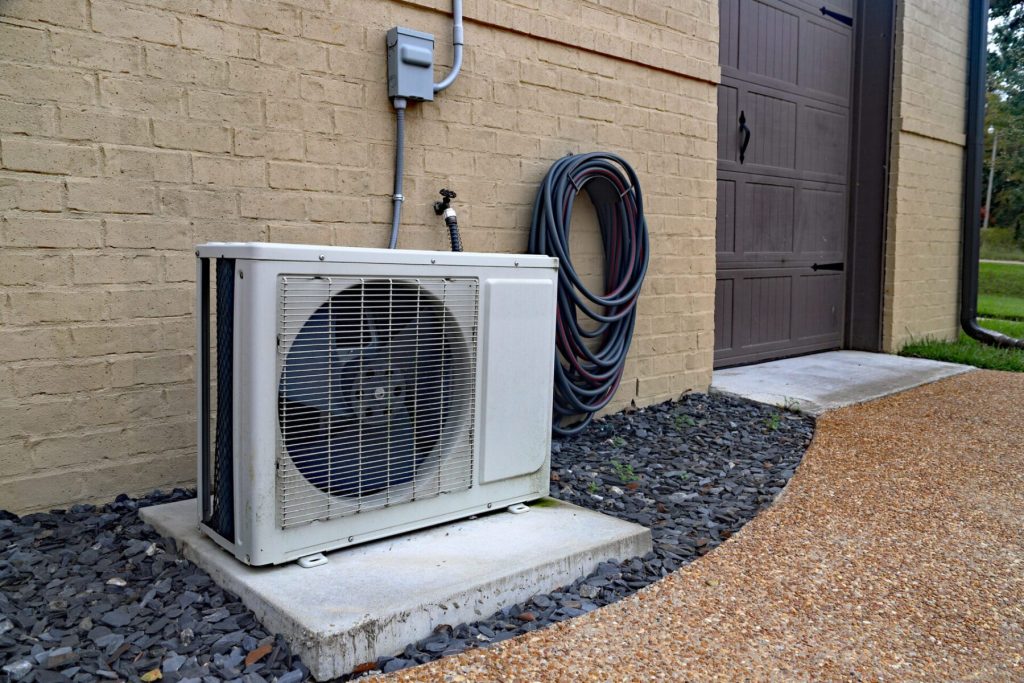Mini split AC units have emerged as an increasingly popular and efficient alternative to traditional central air conditioning systems, especially in residential and small commercial settings. Unlike central ACs, which rely on extensive ductwork to distribute cooled air throughout a building, mini split systems operate without ducts, making them an ideal solution for homes or spaces where installing ductwork is impractical or cost-prohibitive. The core advantage of mini split AC units lies in their design, which consists of two main components – an outdoor compressor/condenser and one or more indoor air-handling units. These components are connected by refrigerant lines and electrical wiring, allowing the system to cool or heat individual rooms or zones independently. This zoning capability not only enhances comfort but also significantly improves energy efficiency, as users can choose to cool only occupied spaces rather than the entire building. Energy efficiency is one of the key reasons mini split AC units are favored by many homeowners and businesses. Traditional central air conditioning systems often waste energy by cooling unused rooms or areas, especially in larger homes with multiple zones.

Mini splits provide precise temperature control on a room-by-room basis, reducing unnecessary energy consumption. Furthermore, many mini split systems use inverter technology, which adjusts compressor speed to maintain a consistent temperature without the frequent cycling on and off seen in older systems. As a result, mini split AC units can deliver comparable or even better cooling performance than central AC systems while consuming less electricity, which translates into lower utility bills over time. Another important advantage of mini split AC units is their ease of installation. Because they do not require ductwork, installation is less invasive and typically faster than putting in a central AC system. This makes mini splits especially suitable for older homes or buildings without existing ducts or those undergoing renovations. The small size and flexibility of the indoor air handlers allow them to be mounted on walls, ceilings, or even recessed into ceilings to blend seamlessly with a room’s decor. The minimal footprint and less disruptive installation process mean homeowners experience less mess and inconvenience during setup, which can be a decisive factor when choosing an air conditioning system.
Many models come equipped with heat pumps that reverse the refrigeration cycle to warm indoor spaces during colder months, eliminating the need for separate heating systems. This dual functionality increases the value and appeal of mini split units, especially in climates with moderate seasonal changes where a single system can address both cooling and heating needs effectively. Maintenance is another area where mini split ac units show advantages. With fewer components and the absence of ducts, there is less chance of dust buildup or duct leakage that can reduce system efficiency or air quality. Indoor units typically have easily accessible filters that can be cleaned or replaced regularly to ensure optimal airflow and air cleanliness. Moreover, the quieter operation of mini split systems compared to many central AC units contributes to a more peaceful indoor environment, enhancing overall comfort. Mini split AC units offer a highly efficient, flexible, and convenient alternative to traditional central air conditioning systems. Their energy-saving zoning capabilities, straightforward installation, combined heating and cooling options, and low maintenance requirements make them an attractive choice for homeowners and businesses looking to optimize indoor comfort while minimizing energy costs.